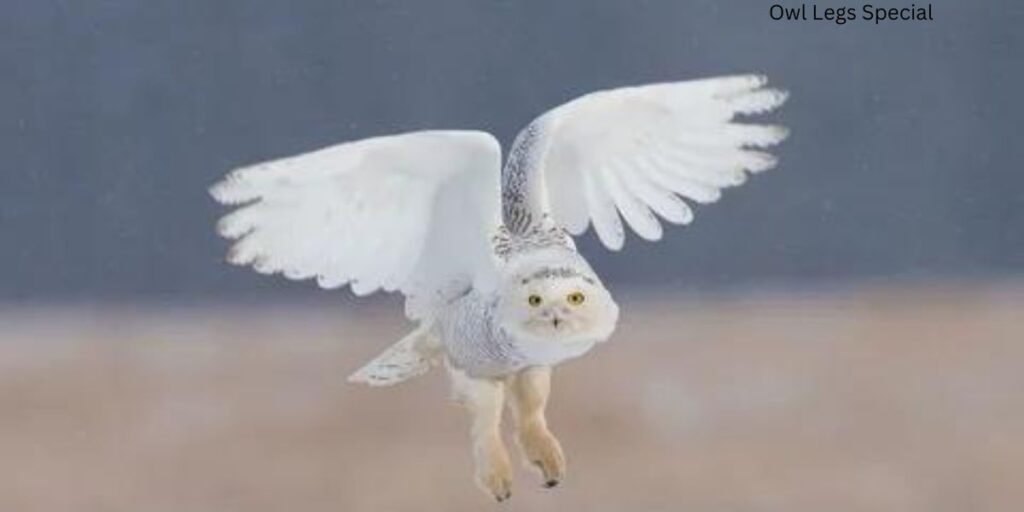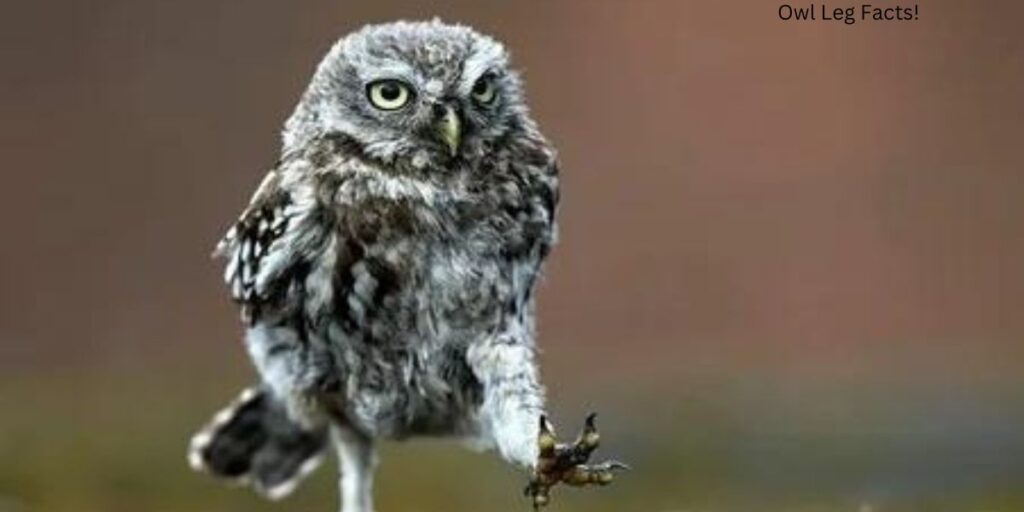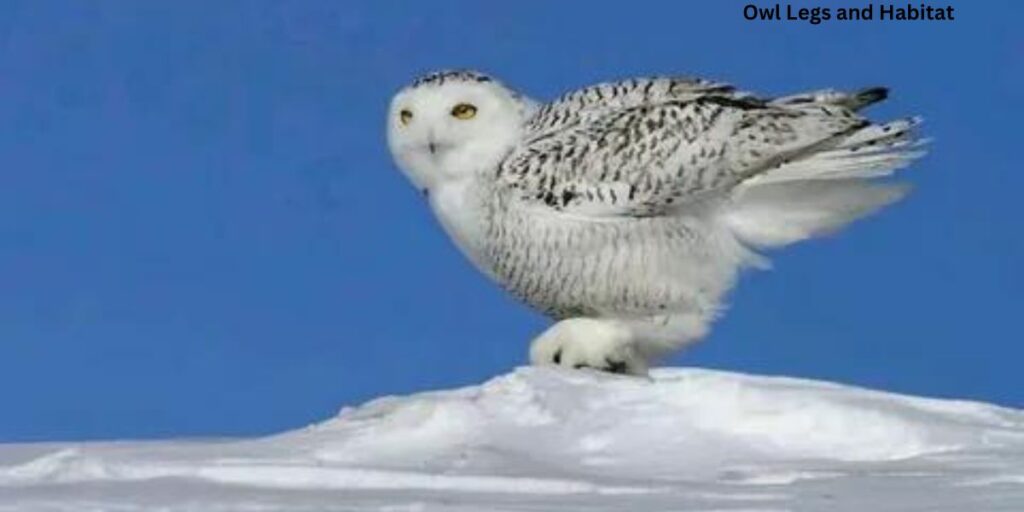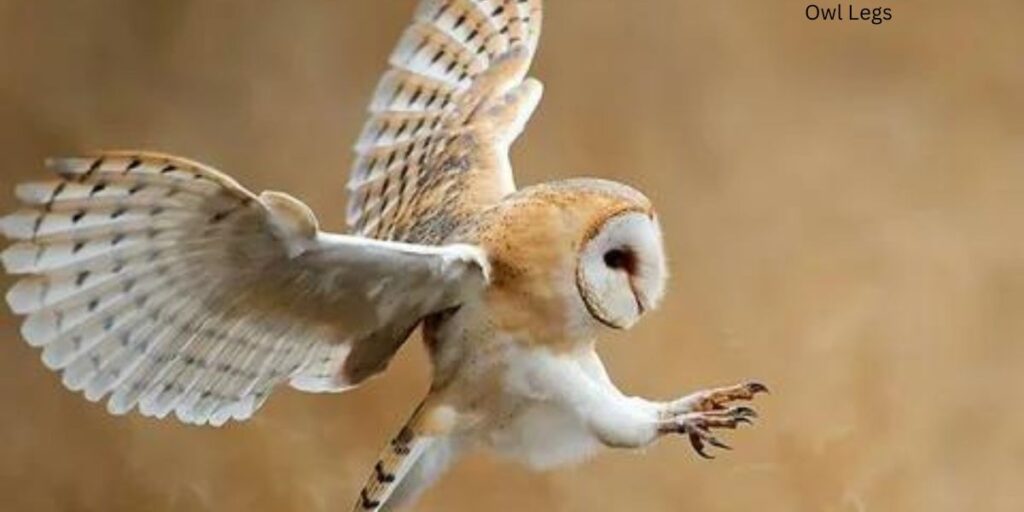Owl legs, often overshadowed by their majestic wings and captivating facial structure, play a crucial role in their survival and hunting prowess. These powerful limbs are hidden under feathers, yet they exhibit remarkable adaptations for both stealth and striking. The long tarsal bones provide stability when perched high on branches, allowing owls to survey their surroundings with precision. On the ground or during takeoff, these sturdy legs support impressive agility that belies the owl’s seemingly cumbersome appearance.
What Makes Owl Legs Special?

Owl legs are a fascinating aspect of their anatomy that often goes unnoticed, yet they play a crucial role in the bird’s predatory lifestyle. Unlike many birds, owls possess long, powerful legs equipped with sharp talons designed for gripping and capturing prey.
These specialized appendages not only grant them the ability to seize small mammals and birds but also allow for remarkable agility during hunts at night. Through their keen night vision and exceptional hearing—enhanced by the positioning of their ears—owls can pinpoint even the slightest movements in dense underbrush. we’ll explore the Cutest Owls in the World, are you interested to learn more info.
One striking feature of owl legs is how they are covered with feathers, offering both insulation against cold environments and camouflage while hunting. This feathering helps to mask any visual cues that could alert potential prey, allowing owls to blend seamlessly into their surroundings as they silently stalk through the dark.
Some species have zygodactyl feet—two toes pointing forward and two backward—which enhances grip strength on various surfaces, enabling them to navigate tree branches effortlessly or perch securely on ledges while watching for unsuspecting meals below.
How Do Owl Legs Help Them Survive?
| Leg Feature | How It Helps Owls |
| Long Legs | Their long legs enable owls to reach through dense underbrush and tall grass, where they can swiftly grab their prey, such as rodents or small mammals, that often remain hidden from view. |
| Sharp Talons | An owl’s sharp talons play a crucial role in its dietary strategy. These formidable claws ensure that when an owl catches its meal, it can grip tightly and prevent any escape—a necessity when dealing with agile prey. |
| Feathered Legs | Feathers that cover their legs serve multiple purposes; they insulate these birds against cold temperatures while also muffling sound as they move quietly through the woods. |
Owl Legs: The Anatomy Explained
Owl legs are a fascinating topic when you delve into the intricate anatomy that supports their predatory lifestyle. While owls possess the same bones in their legs as humans, these structures are uniquely adapted for their needs.
For instance, their femurs are shorter and sturdier, enabling powerful thrusts during flight or while hunting. This skeletal structure allows owls to excel in agility and stealth, which is essential for capturing prey under the cloak of night.
The muscles in owl legs deserve special mention; they are exceptionally powerful, allowing these nocturnal hunters to grip and squeeze with incredible force. This strength is vital not only for catching food but also for securing it firmly against escape.
Beyond muscle and bone, the feathers that adorn owl legs provide an unexpected layer of warmth during frigid nights in their habitats. These fluffy plumage acts like nature’s insulation—ensuring that even on the coldest evenings, they remain comfortable while perched silently, waiting for action.
The tough skin protecting an owl’s legs serves more than just a defensive purpose; it plays a crucial role in safeguarding them from scratches and bites encountered in dense foliage or while engaging with struggling prey. We will delve into the fascinating world of Owls in Michigan (7 Species To Know), join me to learn more info.
Each element—from bone structure to musculature to feathered protection—highlights how evolution has sculpted owl legs into efficient tools of survival tailored perfectly for life as apex predators of the night sky.
Did You Know? Owl Leg Facts!

Did you know that owl legs are often shrouded in mystery, yet they play a crucial role in the bird’s remarkable hunting prowess? Unlike many other birds of prey, owls possess long, flexible legs that allow them to expertly grasp and stabilize their prey.
These powerful limbs can exert an impressive amount of force; for instance, the talons of a great horned owl can deliver about 500 pounds per square inch! This strength not only enables efficient capture but also helps owls navigate various terrains while remaining stealthy.
While we often focus on their piercing eyes and infamous hoots, owls’ legs come equipped with specialized feathers known as feathered tarsi. These adaptations provide insulation against the cold during nocturnal hunts and help to muffle sound while flying.
The unique arrangement of muscles and tendons in their legs allows for quick adjustments when swooping down on unsuspecting prey. So next time you see an owl perched silently in the woods or gliding smoothly through the air, remember: its remarkable legs are integral to its survival story!
Comparing Owl Legs to Other Birds
Owl legs may appear short and stout compared to the elongated limbs of other birds, yet this design is perfectly adapted for their unique hunting style. Unlike many raptors that rely on swift aerial pursuits, owls are masters of stealth, using their robust legs to grip and manipulate prey with remarkable dexterity. The feathers covering their lower limbs not only provide insulation during chilly nights but also help muffle sounds as they navigate through the dark—turning silent movement into a key advantage in the wild.
In contrast, consider the long legs of egrets or herons, which allow them to wade through shallow waters in search of fish. These slender appendages enable agile movements across varying terrain and contribute to their striking elegance.
Owls, however, showcase a different grace; while they may lack length for speed or agility, their strength and stability empower them to swoop silently down from high perches—an artful blend of patience and power. This nuanced comparison illustrates how evolution has shaped these creatures’ anatomy according to their ecological niches; each leg structure serving as a testament to nature’s incredible adaptability.
Protecting Owl Legs and Habitat

Owls, often celebrated for their captivating eyes and silent flight, also possess a lesser-known vulnerability: their legs. Unlike many birds, owl legs are not covered in feathers; instead, they are equipped with a unique layer of scales.
This evolutionary adaptation aids their gripping ability, crucial for catching prey. This means that their legs can be easily injured by sharp objects or challenging terrain as urban expansion encroaches into their habitats. To protect these essential limbs—essentially the owls’ tools for survival—we need to rethink our approach to land use and waste management.
Preserving owl habitats is equally critical in safeguarding these magnificent creatures. The destruction of forests and wetlands not only diminishes food sources but also fragments the living spaces that connect various owl populations.
Creating wildlife corridors can facilitate safe passages across urban landscapes while reducing vehicle-related accidents that threaten both owls and their delicate limbs. By transforming how we interact with nature through conservation efforts and responsible development practices, we ensure that these iconic birds have the thriving ecosystems they deserve—and the protection they need to keep those fragile legs safe from harm.
Final thought:
The unique anatomy and remarkable adaptations of owl legs play a crucial role in their success as skilled nocturnal hunters. From their powerful talons to flexible joints, these features enable them to navigate various terrains and capture prey with stunning precision. Understanding the intricacies of owl legs not only enhances our appreciation for these magnificent creatures but also highlights the importance of conserving their habitats. As we continue to explore the wonders of nature, let us remain mindful of the delicate balance that supports these fascinating birds. Join us in celebrating owls by spreading awareness and supporting wildlife conservation efforts in your area!
FAQs:
How Unique Are Owl Legs?
Owl legs are uniquely equipped with zygodactyl feet, meaning they have two toes facing forward and two backward, allowing for a strong grip on branches and prey.
What Functions Do Owl Legs Serve?
Owl legs serve several functions including hunting, perching, and moving silently through their environment.
How Long Are Owl Legs?
The length of an owl’s legs can vary widely by species, but they generally range from 3 to 10 inches long.
Are Owl Legs Feathered?
No, owl legs are typically not fully feathered; they have a combination of feathers and bare skin.


